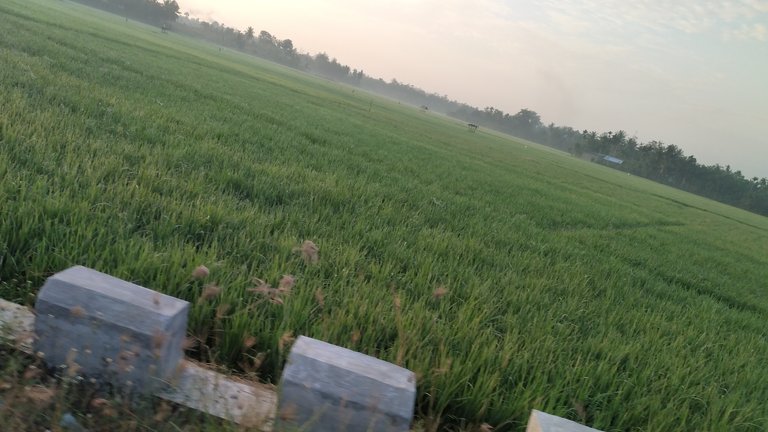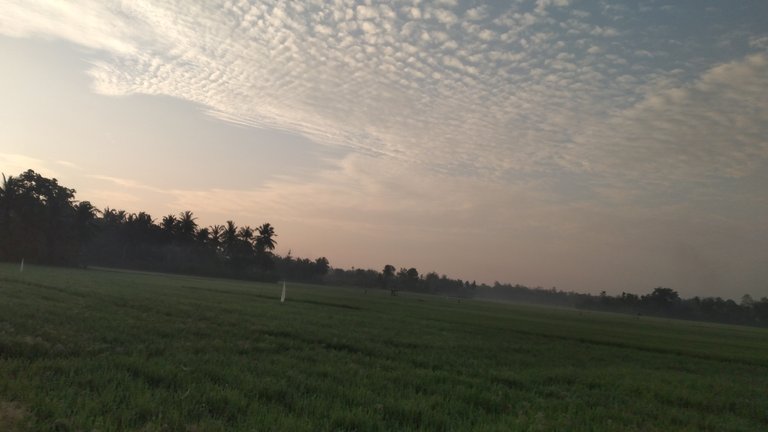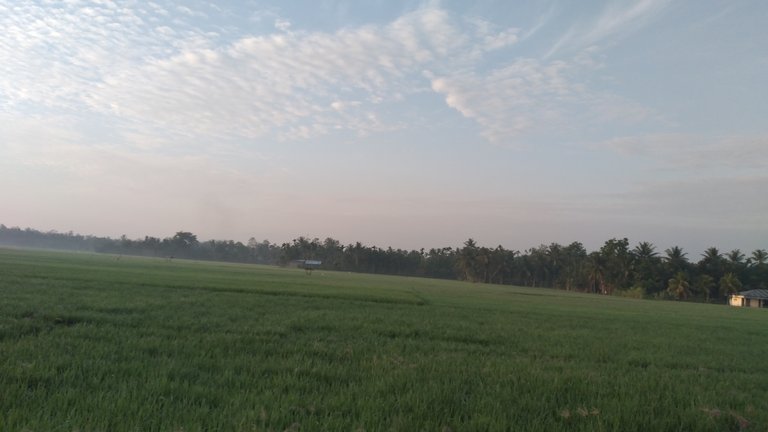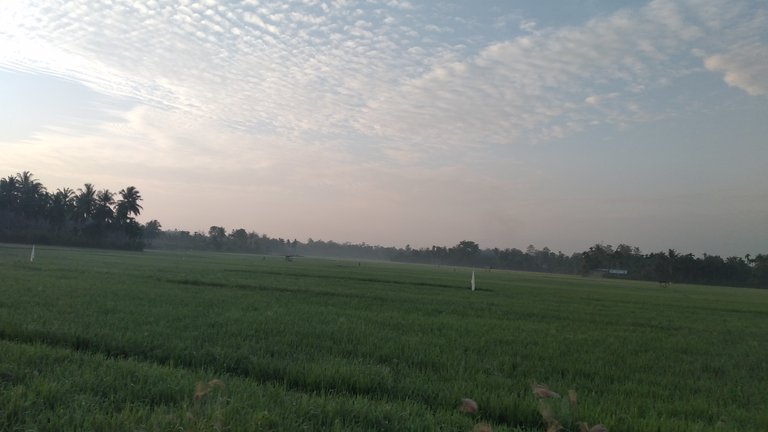
Soil is the foundation of the food system that produces 95 percent of our food. In his opening speech delivered at the G20 Summit last month, President Joko “Jokowi” Widodo emphasized the importance of maintaining food security amidst the Russian war crisis and the ongoing COVID-19 pandemic. Unfortunately, the urgency to protect and maintain soil fertility is not yet a top priority in current agricultural policy. In fact, the conversion of rice fields into non-agricultural land still reaches 100,000 hectares (ha) per year. Opening new rice fields is not easy even though the government is committed to increasing national food security. Research conducted by Setyorini et al. in 2010 found that new rice fields in Indonesia are often not supported by fertile soil, good water quality and adequate microorganisms to obtain maximum harvest results. World Soil Day, celebrated every December 5, reminds us of the importance of soil fertility and supports sustainable management of land resources. This year's slogan "Soils: where food begins" aims to raise awareness of the importance of maintaining ecosystem health and community welfare by addressing the increasing challenges in soil management, increasing awareness about soil, and encouraging communities to improve soil fertility.
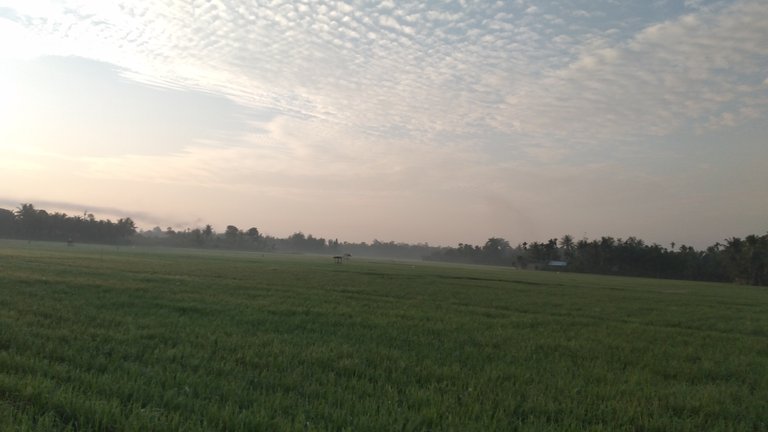
Indonesia has succeeded in achieving “self-sufficiency” in several staple foods, especially rice. However, we need to ensure that the proposed agenda will support the vision of creating a more sustainable society and Earth. From an environmental perspective, rice production contributes to global warming due to greenhouse gas (GHG) emissions, such as methane and nitrous oxide, which are released in the production process. Research conducted by Susilawati et al. in 2015 found that rice fields are estimated to contribute 5-19 percent of total global methane emissions due to continuous flooding and the use of inorganic fertilizers. In terms of nutrition, managing soil fertility through sustainable agriculture and diversification of agricultural crops will increase the nutritional content of harvested plants and fertilize food crops that will be consumed by the community.

From a policy perspective, Minister of Agriculture Regulation Number 49 of 2021 states that the total allocation of subsidized fertilizer in 2022 will reach 8.87-9.55 million tonnes, unfortunately only 2.27 million tonnes or 21.54 percent of which is organic fertilizer. This shows that the Indonesian government still prioritizes the use of inorganic fertilizers, even though research states that using excessive amounts of inorganic fertilizers can reduce soil fertility. Considering that plants only need small amounts of fertilizer, the policy of increasing fertilizer subsidies is not the best decision. Government intervention should ideally focus more on improving soil fertility because the government plays a role in providing nutrients for plants to grow and become highly nutritious and of good quality. Therefore, Indonesia needs to develop a more sustainable strategy to increase soil fertility in order to achieve food security for society and a more sustainable Earth. The government should focus on the following strategies: securing protected rice fields, improving nutrient management and implementing agroecological principles. First, we need to anticipate changes in the use of existing rice fields by providing incentives to local governments to protect agricultural land. Protected Rice Land (LSD) is a policy for controlling the conversion of rice fields from the Ministry of Agrarian Affairs and Spatial Planning/National Land Agency (ATR/BPN) as an implementation of Presidential Regulation Number 59 of 2019 concerning Control of the Change of Function of Rice Fields. ATR/BPN targets to regularly update data on protected rice fields throughout Indonesia. This policy will play an important role in predicting future rice production in order to achieve national food security. A study shows that estimates of potential food production must take into account agricultural land loss due to urbanization, because the productivity level of converted agricultural land is around 30–40 percent higher than new agricultural land. Policies to protect agricultural land from urbanization will reduce the expansion of agricultural land into natural animal habitats. Local governments need financial incentives to maintain protected rice fields and not convert land for non-agricultural activities. Fiscal instruments, such as the General Allocation Fund (DAU) and Special Allocation Fund (DAK), can be used to curb the rate of conversion of rice fields in Indonesia. Second, we need to improve soil nutrient management. Each type of soil and plant requires varying types and amounts of nutrients. However, the farming methods of farmers in Indonesia have been passed down from generation to generation and the use of inorganic fertilizers, especially Nitrogen, Phosphorus and Potassium (NPK), has become an ingrained habit. Fertilizer subsidies from the government also have the potential to increase the use of NPK fertilizer. Therefore, the need for inorganic fertilizers increases by around 5-7 percent. Excessive use of inorganic fertilizers over a long period of time will reduce soil fertility and pollute water and ecosystems. Proper nutrient management can increase soil fertility, which will increase crop production while contributing to reducing GHG emissions. Third, agroecological principles need to be applied in agricultural practices in Indonesia. FAO explains that agroecological principles are part of sustainable agriculture which describes a healthy relationship between nature, social science, ecology, society, the economy and the environment. Agroecology is applied based on local knowledge and experience in meeting local food needs. Therefore, agroecology can address climate change directly. For example, Indonesia is known as a volcanic country which has 127 active volcanoes which contain many minerals, such as millstone and biochar. This high mineral content can be used as a source of soil amendment and as organic fertilizer to absorb carbon and improve soil fertility to increase crop production.
